Fun Malay Traditional Games That You Must Know About
Here in Malaysia, our childhood wouldn’t be complete without playing outside with our friends under the ever-present tropical weather. We grew up playing Malay traditional games, which we’re happy to see being passed down to different generations even to this day!
Join us as we relive our childhood by taking a closer look at the games that we grew up on before the digital age we live in today. Who knows, maybe you can teach these fun activities to your kids as a new bonding experience!
Congkak
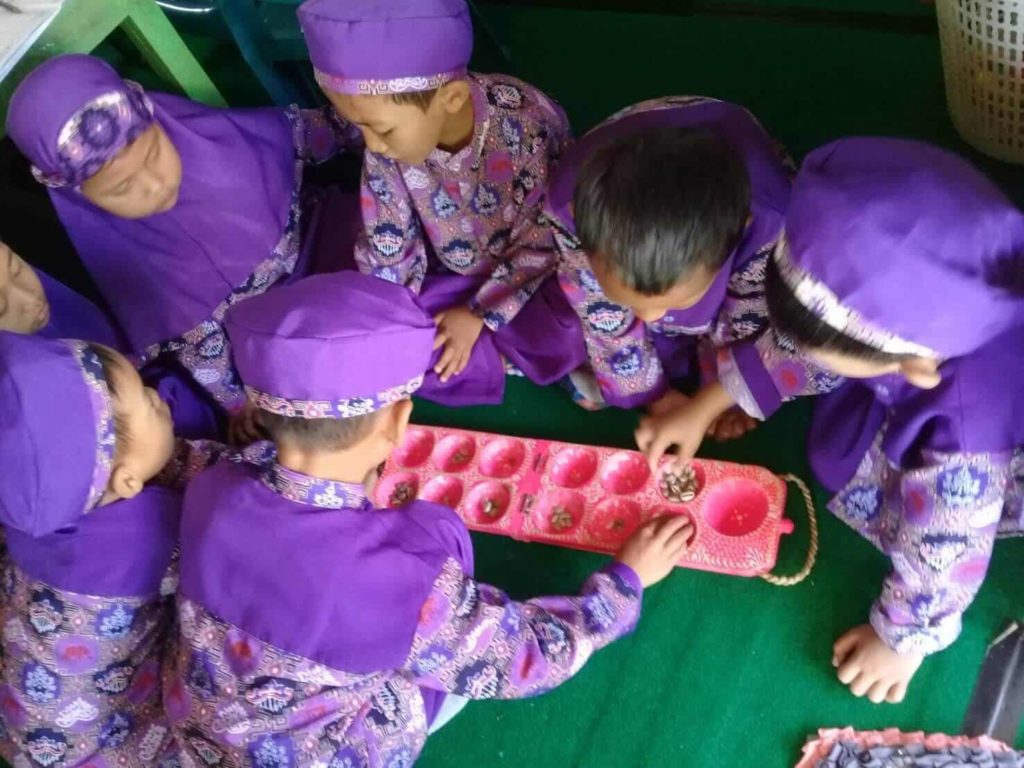
Congkak is famous in various Southeast Asian countries such as Singapore, Brunei and of course, Malaysia. It’s a great traditional game because it exercises your mind, as it teaches you to think on the spot to win.
The goal of Congkak is to end up with the most number of seeds in their storehouses. It’s a two-player game that requires you to think one step ahead and make mental computations inside your head.
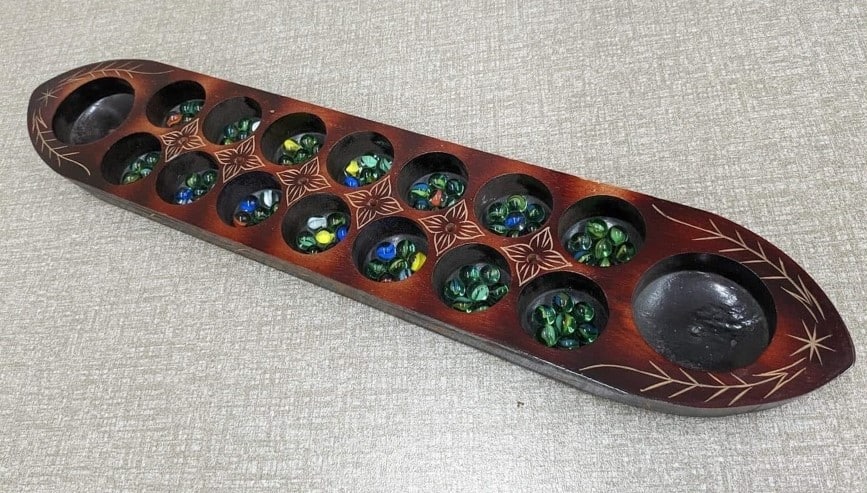
Congkak is played with a wooden board with 16 to 18 holes carved on two rows. The smaller holes represent the houses of the village while the big ones at both ends of the board are called storehouses.
How to Play It
- Start the game by placing 7 seeds on each small hole (houses of the village). Keep in mind that the big hole to your left is your storehouse while the one on the opposite side is your opponent’s.
- Decide which player will go first. This is usually decided by flipping a coin.
- During a player’s turn, he/she will take all the seeds out of any of their hole and drop one into the next hole to the left until there is nothing left on his/her hand.
- If the player’s last seed drops in any hole that isn’t empty, he/she will grab all the seeds from that hole and will continue dropping seeds around the board.
- If the player’s last seed drops at their respective storehouse, they’ll go on another turn.
- If the player’s last seed drops on one of the empty holes on their side, they’ll grab all the seeds from the opponent’s adjacent hole.
- If the player’s last seed drops on one of their opponent’s empty holes, the turn is over.
- This cycle will continue until there are no more seeds in any houses in the village. The winner is determined by counting which storehouse has more seeds.
Batu Seremban
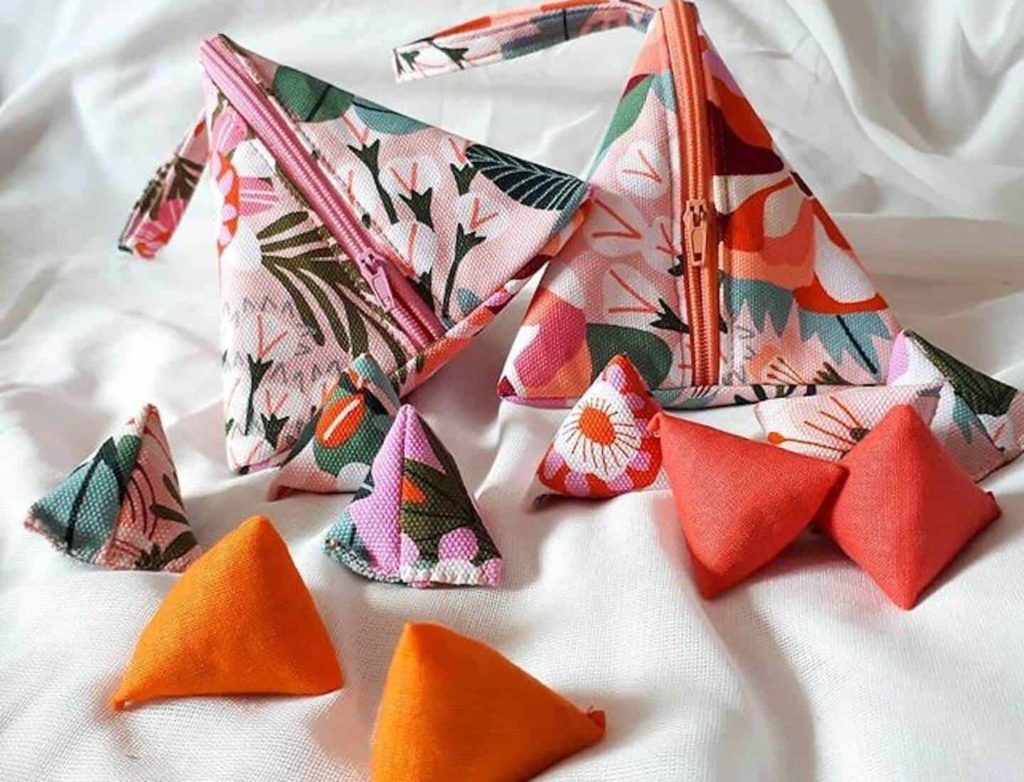
Also known as Selambut on the East Coast, Batu Seremban is a Malay traditional game that highly resembles the gameplay of jackstones. It’s mostly played by young girls and 2 to 5 players can join in a single game.
Traditionally, this game is played with little stones but nowadays, small pouches that contain saga seeds are commonly used.
To play this game, all you have to do is simply collect a stone placed on the ground after you toss one into the air. A play is only successful if you manage to catch the stone you’ve tossed after collecting any of the ones placed on the ground.
The game is based on elimination and the player who survives is the winner. To survive, you must do the steps we’ve mentioned above five consecutive times or until there are no stones left on the ground.
Galah Panjang

Galah Panjang is a physical traditional game that requires you to get up and showcase your agility. It’s often played in an open court or any place that has ample space where you’re also allowed to draw on the ground.
A total of 8 players can join a game of Galah Panjang with the group being divided into two four-member teams. One team is assigned as the attackers while the other will be the designated defenders.
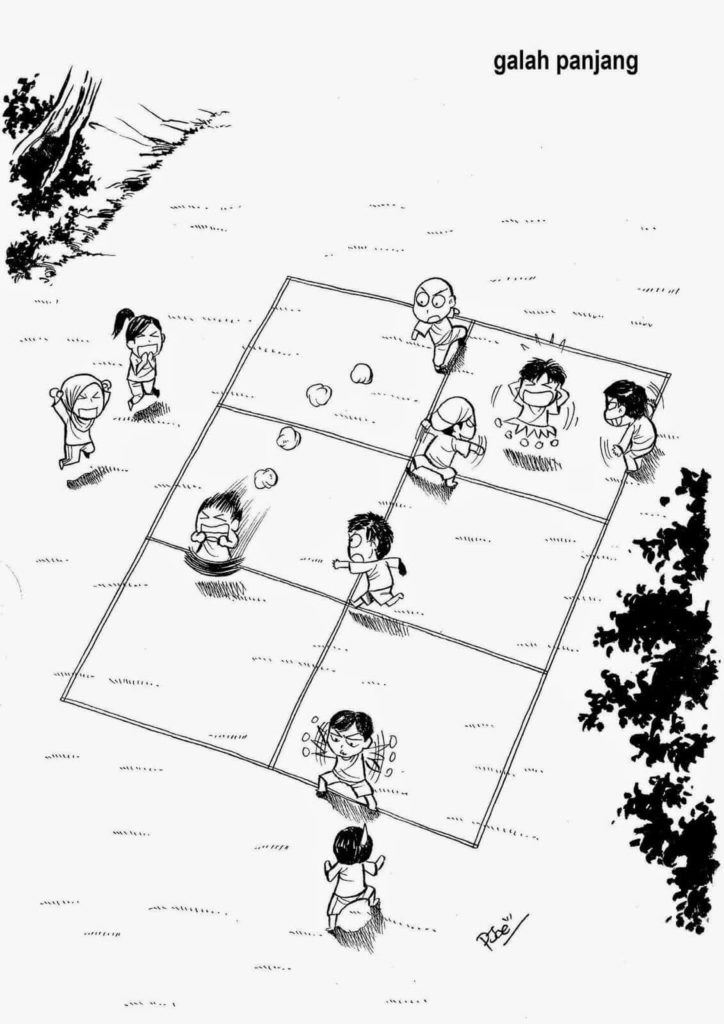
In a nutshell, the goal of the game is to have one attacker get to the other side of the court and back without being touched by the defender. As soon as an attacker is tagged, the round will be over and the teams will switch roles.
From the attacker’s standpoint, it’s easier said than done. But this can’t be further from the truth since the defenders will strategise to create a barricade that will prevent any attacker from getting to the other side without being tagged.
Gasing
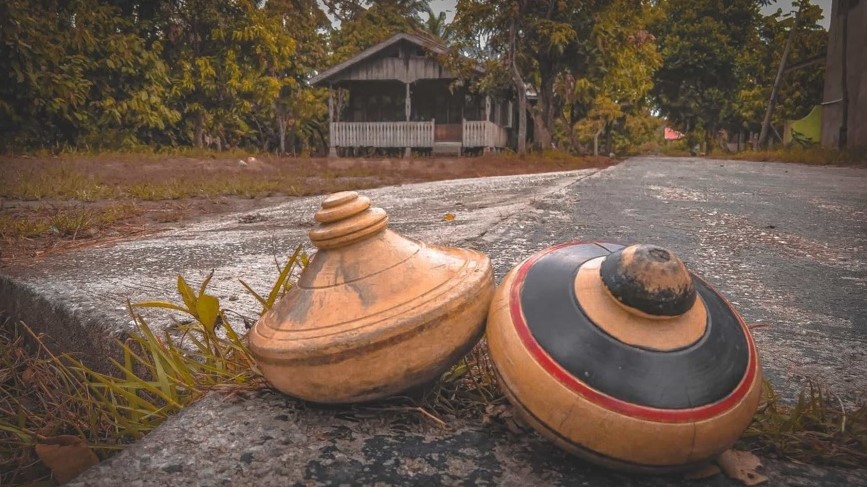
Famous among boys, Gasing is a traditional Malay game that sees two opponents challenging each other to see who has the stronger spinning top. The gasing (spinning tops) can come in different shapes, but they must be approximately around 0.5 to 1kg in weight.
Upon finding a flat surface where they can spin their gasings, players will start to challenge one another by revving up their tops using ropes. Whoever’s gasing is the last to stop spinning will win the game.
Guli
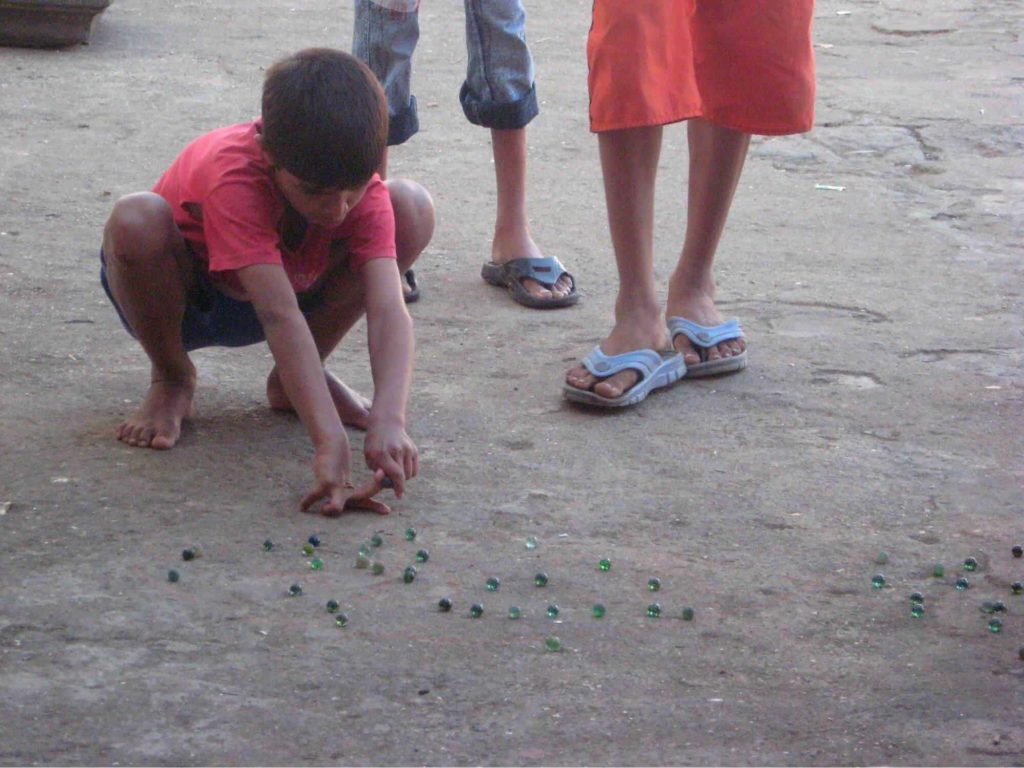
Guli is one of the simplest Malay traditional games as it’s just marbles. The goal is to simply collect as many marbles as you can by hitting them using your very own marble by knocking them out of the play area.
The play area is created by drawing a circle on the ground with an approximate diameter of one metre. It’s not that easy though considering that the marbles themselves aren’t easy to hit and are slippery because they’re made out of limestones.
This game can consist of two players or two teams consisting of 6 members. Regardless of how many players will join, you can ensure that you’ll have a joyous time.
Ceper
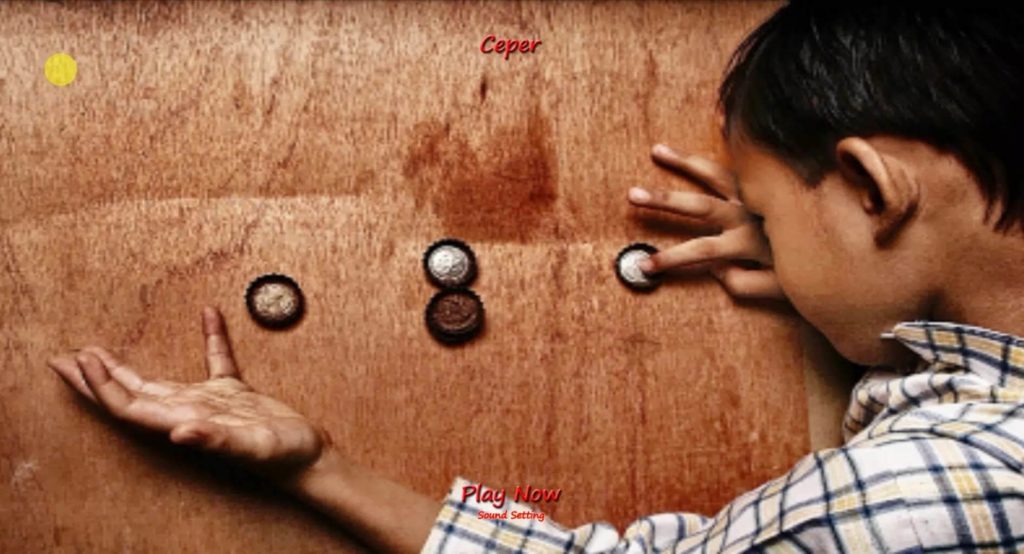
One of our favourite things about traditional Malay games is that they’re entirely low-cost. A perfect example of this is Ceper which only requires you to have a bunch of bottlecaps to have a fun time.
The game begins by determining who will have the first turn, which is usually done by spinning a coin. This process can be up to you and you can be as creative as you want as long as it has a way of determining a clear winner.
How to Play It
- The first thing that the player should do is stack the bottlecaps and spin them out to disperse them randomly across the floor.
- From there, they must single out a bottle cop that will be removed for the remainder of the round.
- The opponents will proceed to point out two bottlecaps on the ground and the player’s goal is to find a way so that they will hit one another.
- The player can use their hands to deflect the bottlecap and reach the target without hitting the other bottlecaps.
- If the player fails to hit a bottlecap, they’ll automatically lose the round. On the other hand, successfully hitting all the bottlecaps will get them to the next round, which is winning points.
- To win a point the player must place all the bottlecaps on the back of their hand and toss them in the air. The player can either catch them using their palms (each bottlecap is equivalent to 1 point) or the back of their hands (each bottlecap is equal to 2 points).

